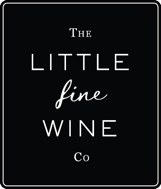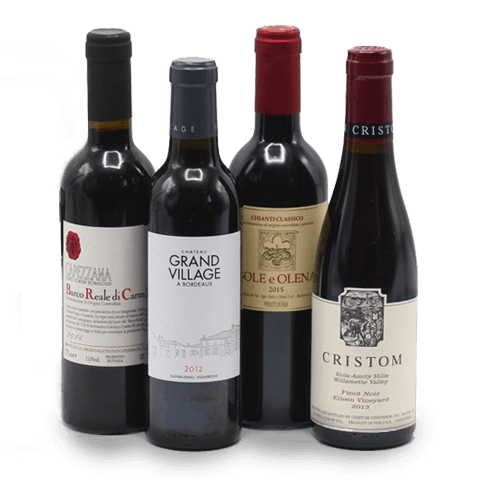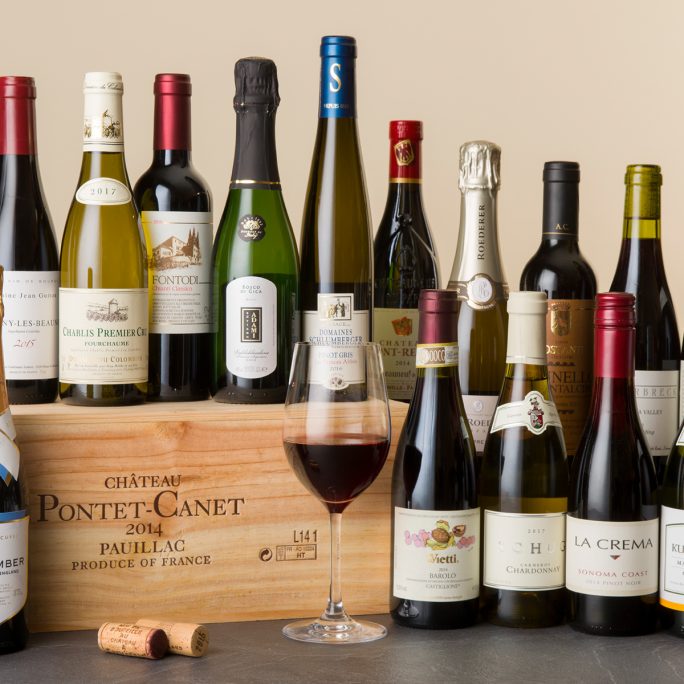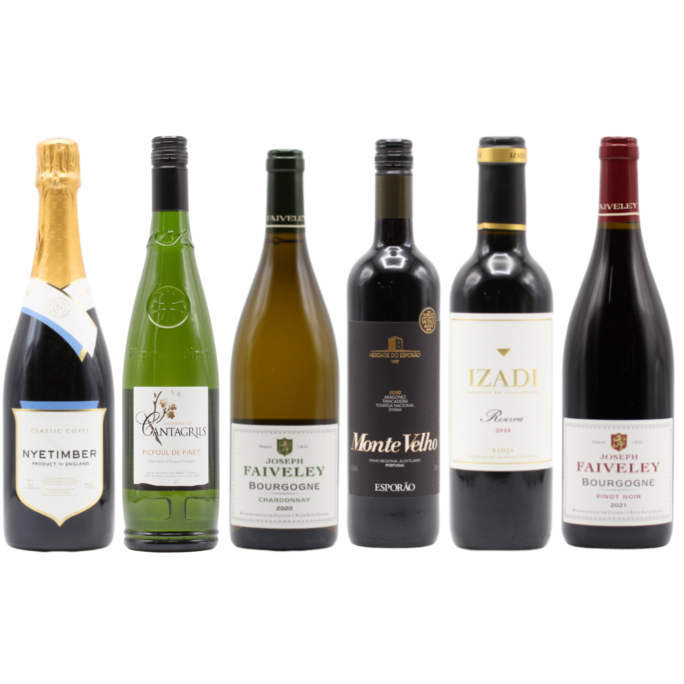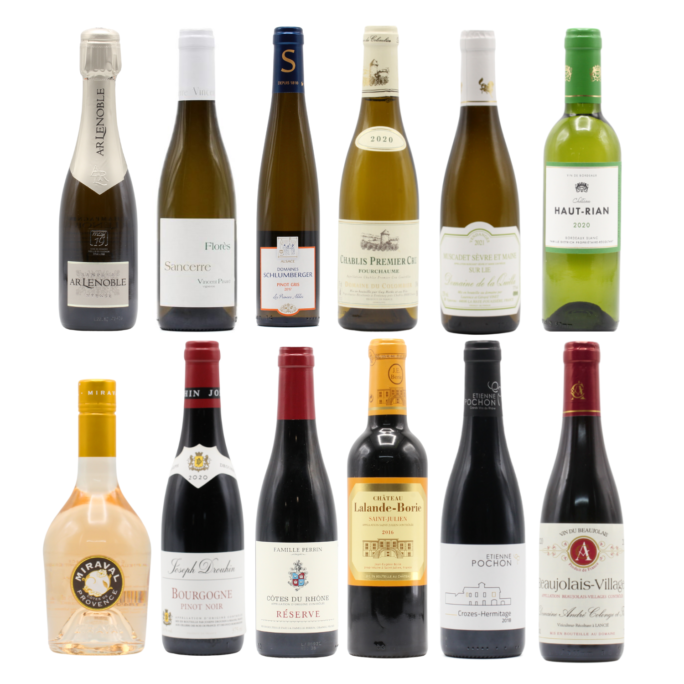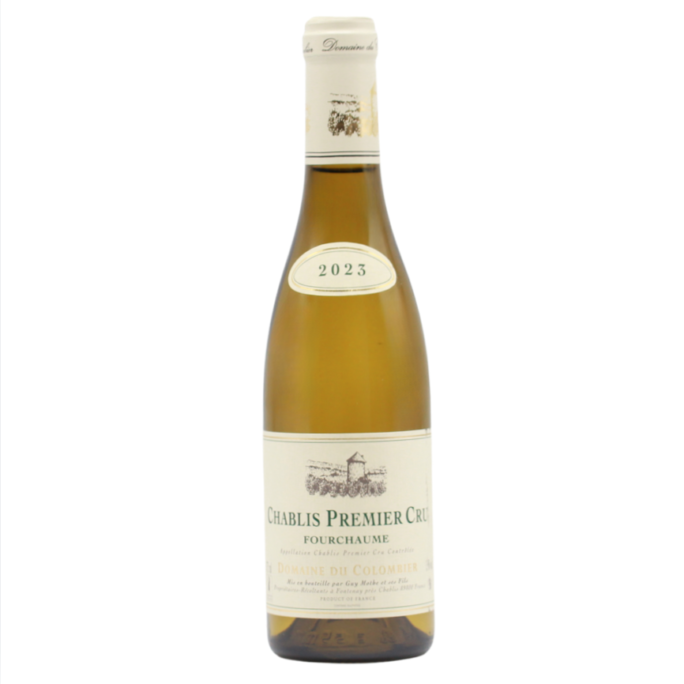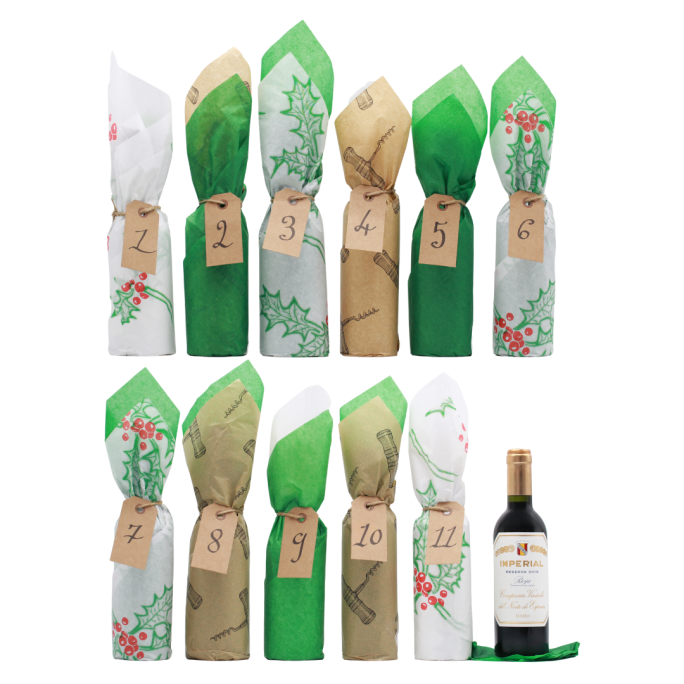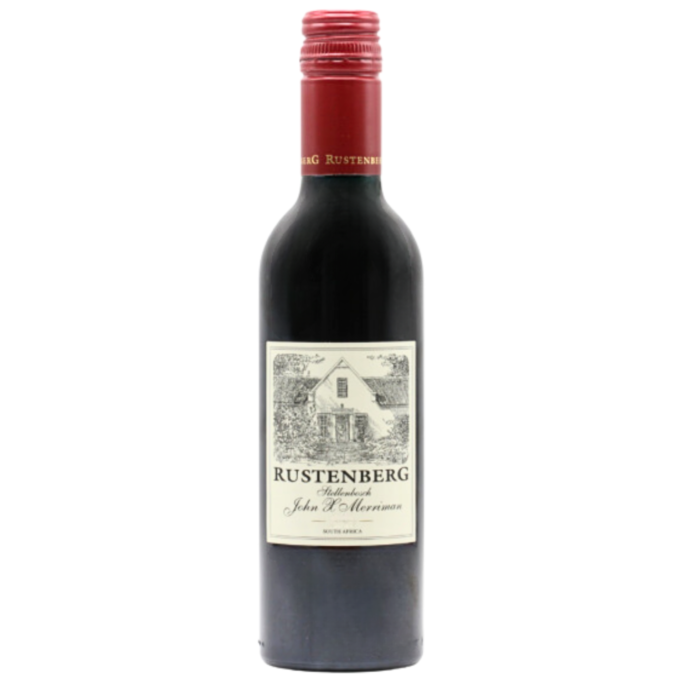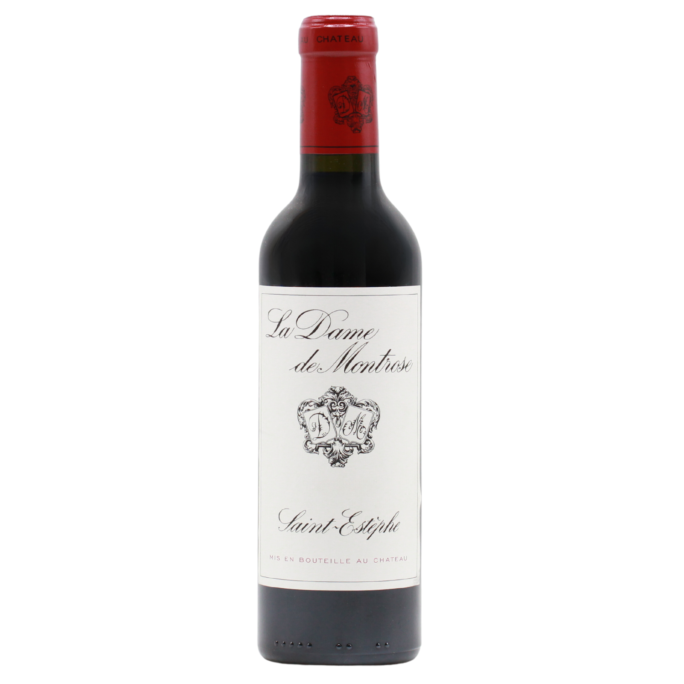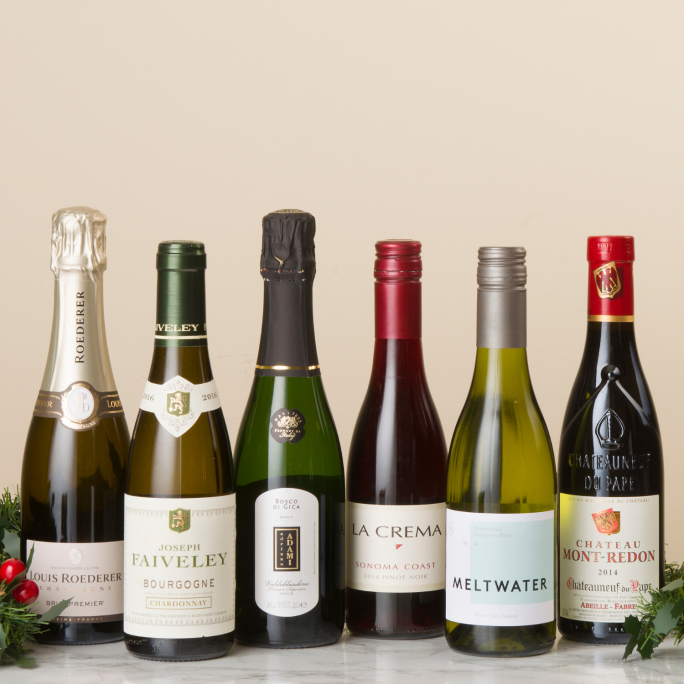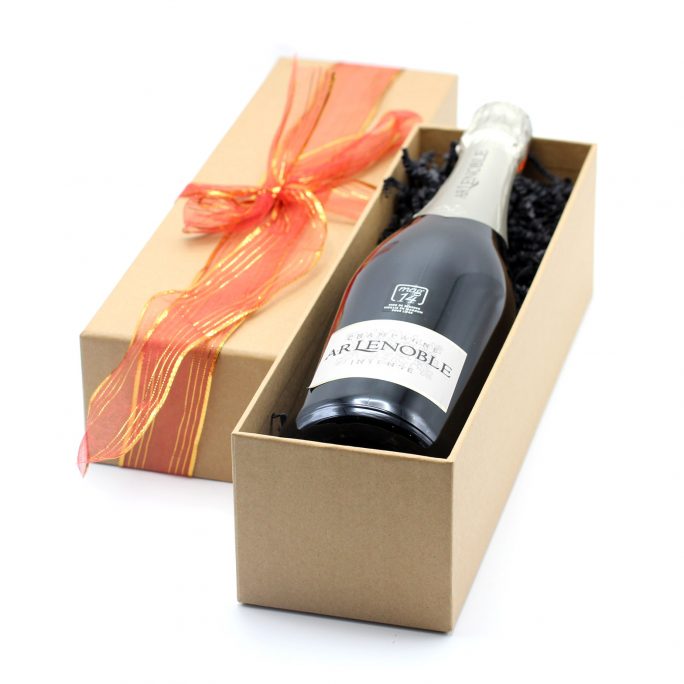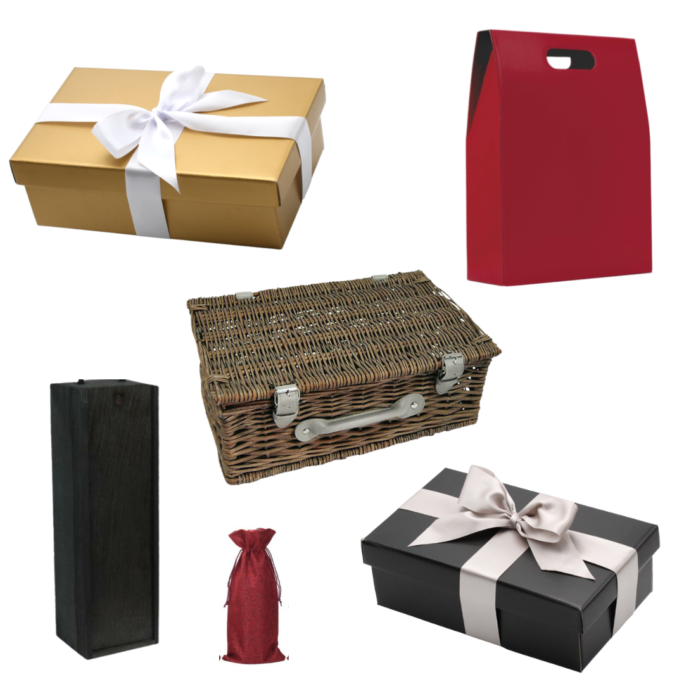Our favourites to order this month
Our story
hand-picked wines by our Master of Wine
The Little Fine Wine Company was founded in January 2018, to provide reliably delicious wines from authentic, good wine producers, with a difference!
“A friendly and efficient service offering a good selection of old favourites and new finds. Was really impressed with the helpful tasting notes accompanying the wines. I’ve already bought my next batch! Keep up the good work.”
Lucy W, London
Whats New
Wine subscriptions offer a convenient way for wine drinkers to enjoy a range of delicious, high-quality wines from varying producers…
When it comes to enjoying great wine, nothing beats the convenience of a subscription service. But with so many options…
Provence rosé has become the quintessential symbol of summer sipping, gracing everything from upscale restaurant menus to casual backyard gatherings.
Wine subscriptions offer a convenient way to explore new and exciting wines without the hassle of choosing them yourself, but…
As you may be able to tell from our wine range, our favourite red grape variety, by far, is Pinot…
The French didn’t invent wine, which was probably made first in West Asia, in either Georgia, Armenia or Iran, in 6000 BC. But,…
One of the questions we are asked most often during our wine tastings is how Rosé wine is made. Here,…
If you’re a wine lover looking to expand your palate, we want to introduce you to one of Italy’s hidden…
When you think of Burgundy, the star grape that comes to mind is the illustrious Pinot Noir and the ever-elegant…
If you’ve ever had the luck of being acquainted with Garganega, though you might not have known it. This delightful…
Welcome to The Little Fine Wine Company
There are more than 50,000 varieties of wine available in the UK, which makes choosing the best a tricky task for dabblers and seasoned experts alike, which is why we set up The Little Fine Wine Company in 2018. We are here to help you separate the wheat from the chaff, to provide you with the finest half bottle wines and to make sure that you are always drinking a top-quality tipple no matter what your tastes. Our founder and internationally recognised Master of Wine Vicki Stephens-Clarkson is dedicated to putting her professional background as a wine buyer to use by introducing you to it all: Half bottles wine, old favourites, new sensations, and re-imagined classics that might just change how you look at wine. At The Little Fine Wine Company, we want you to enjoy wine the way it was meant to be enjoyed, as an appetiser and flavour enhancer, all without spending a fortune. That is why we will give you all the information you need from provenance to the producers, so you will have all you need to really expand your knowledge about wine and make informed decisions in the future.
What Types of Wine Do The Little Fine Wine Company Offer?
Let us take a look… red wine is one of the most popular types in the world, but there’s a galaxy of choices within that simple designation, and we’re always on the lookout for new and special varieties to introduce to our customers. The best-known half bottle red wines we offer tend to come from the world’s most famous wine producing regions, including Shiraz from the French Rhone valley, Red Zinfandel from California’s Napa Valley, and Duoro from the banks of the Portuguese river that lends the wine its name. But while these are all reliable choices, at The Little Fine Wine Company, we want you to go deeper and try more styles which is another reason for our approach of being specialists when it comes to half bottles of wine. Try a Whispering Angel half bottle from our rose selection or Pinot Noir from the ancient slopes of the Thracian Valley in Bulgaria, a Cabernet Sauvignon from Lebanon’s Bekaa Valley, or even a Vermouth from Cornwall!
Styles Of Fine Wine Available at The Little Fine Wine Company
While the locations might not be familiar to you, the styles of wine probably are: We have all heard of Rioja and Chardonnay after all. So, what is the difference between one made in Italy and one made in Iberia? That is where the terroir comes in, that ineffable quality that all the tiny differences in location lend to a wine, from the soil type and PH to the amount of rainfall or the hours of sunlight the grapes get. Some white grapes can only be grown in the frost, while others need virtually continual sunshine to get the most out of their flavour. The same is true of wine of all types, including half bottles white wines like Chablis or Riesling or even half bottles of rose wines, so getting yours from someone with the experience to know the difference can mean a much more fulfilling wine experience for you.
Fine Wine Selection
Whatever your tastes and whatever you are looking to get out of your new adventure in wine, choosing The Little Fine Wine Company to lead you on your journey is the best choice you can make. We are half wine bottle specialists with all the expertise you need to make sure you are not missing out on anything special, as well as the learning and information you need to make your own informed decisions in future and to truly know your wine. From half bottles of wine to wine subscriptions and Christmas wine gifts, there are so many ways to start.
